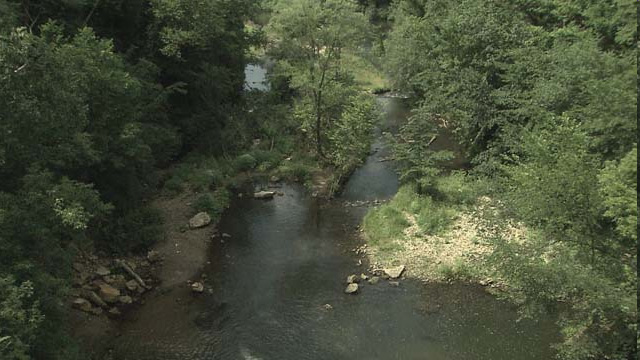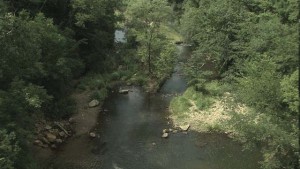Nestled among the trees, streams and undeveloped land in Northern Wisconsin rests an environmental, societal and political challenge. The pristine area, with its proximity to Lake Superior, the largest fresh-water lake in the world, is why its residents choose to live there, but the area is also home to 25 percent of the country’s iron ore reserves, a commercial value of $200 billion.
Pete Rasmussen and Jamey Francis embody the conflict residents in the area face. Both are from the area. Both went away for college. Both moved back to enjoy what the area had to offer. However, the former doesn’t want to risk the change an iron ore mine could bring, the latter feels the mine would staunch the change that’s already occurred.
The four and a half mile stretch of land in question straddles Ashland and Iron Counties in an area colloquially called Wisconsin’s Northwoods. Since 1965, Iron County, an area where a history of mining is celebrated through streets signs and family history, has seen its population decline by 80 percent. Some, like Francis, see the proposed mine and the thousands of jobs it offers either directly or indirectly as a chance to save the county with the one of the highest unemployment rates (8.6% in September) in the state.
“There’s not going to be any opportunity that I can see in the near future other than this mine,” said Francis, an apparel salesman and city councilman in the town of Hurley. “This is an economic game changer.”

